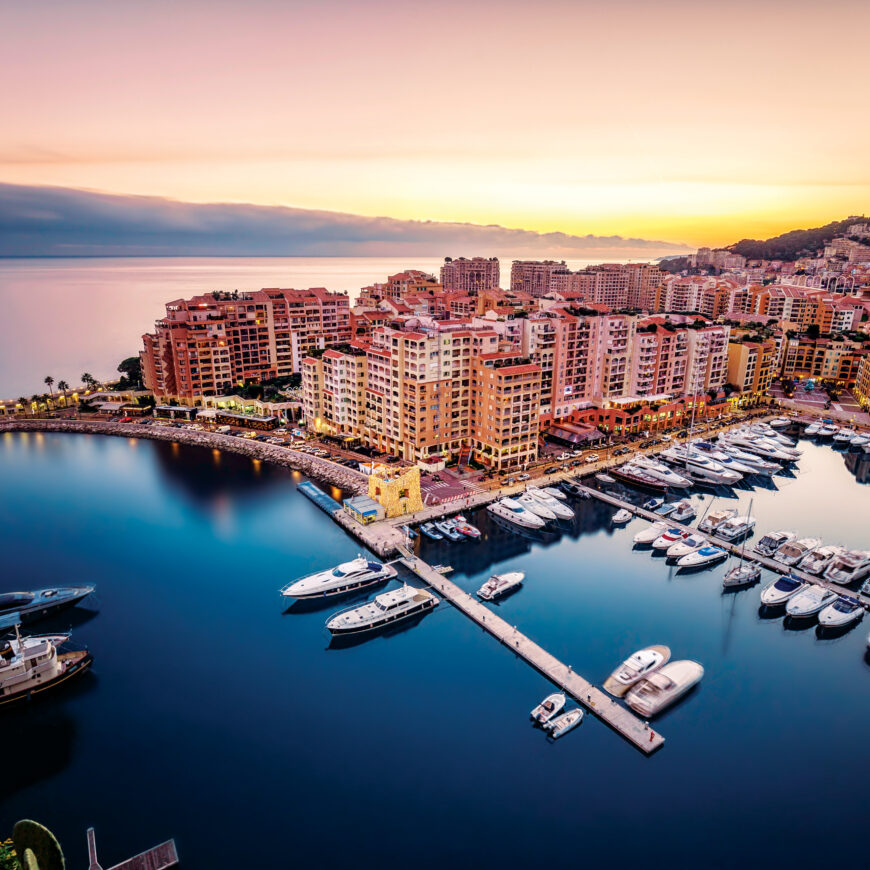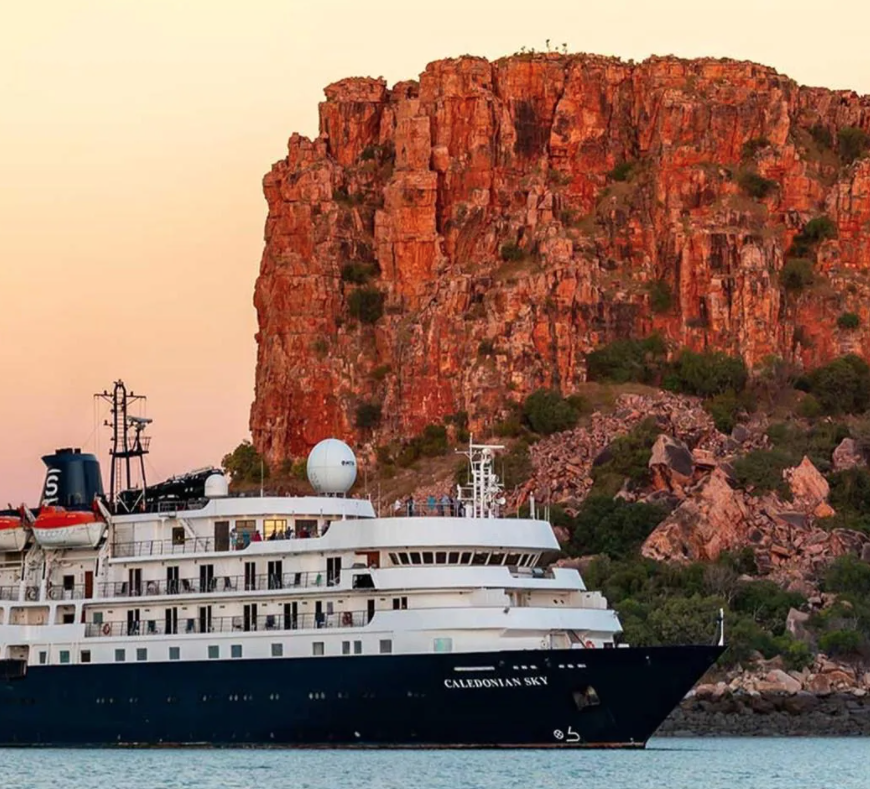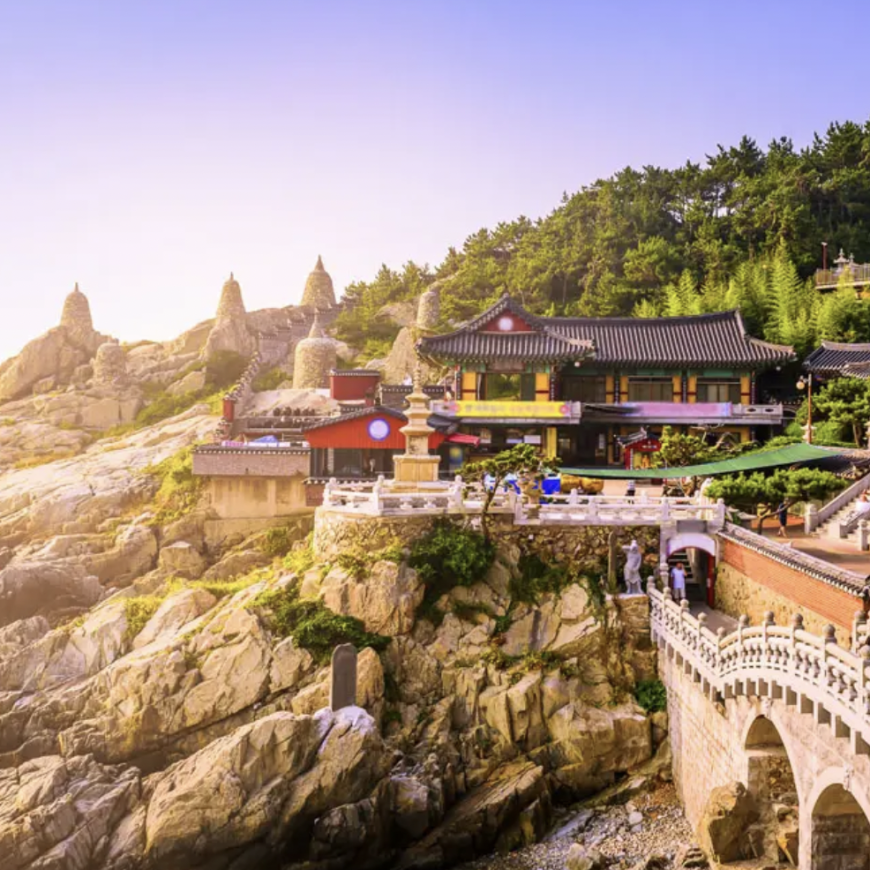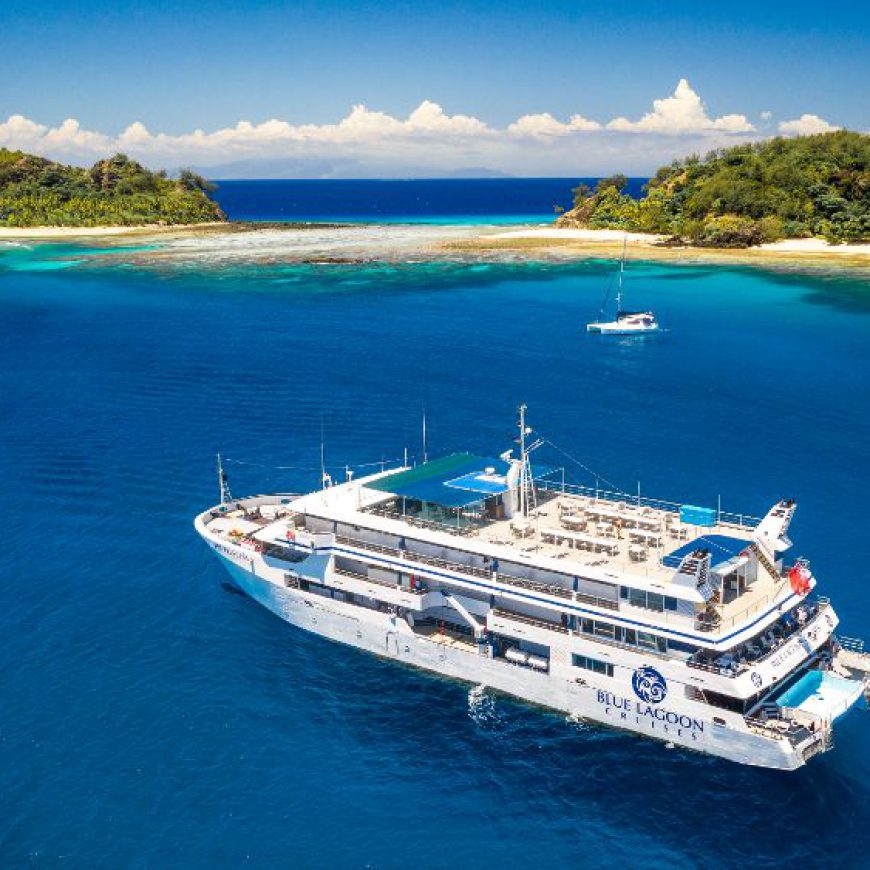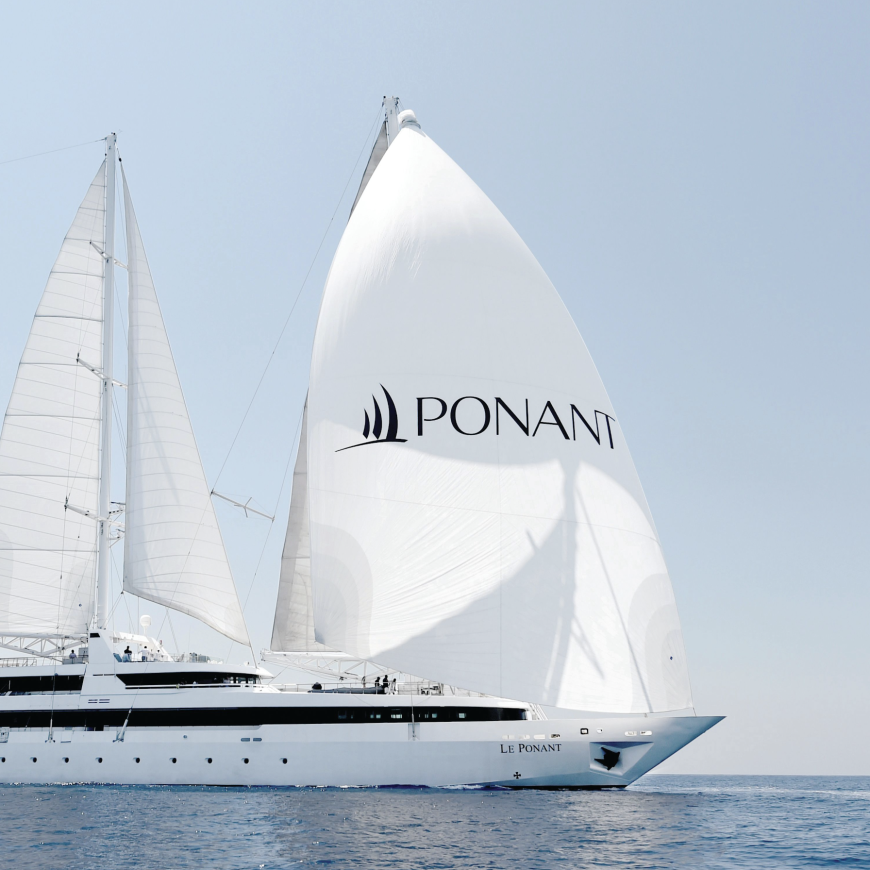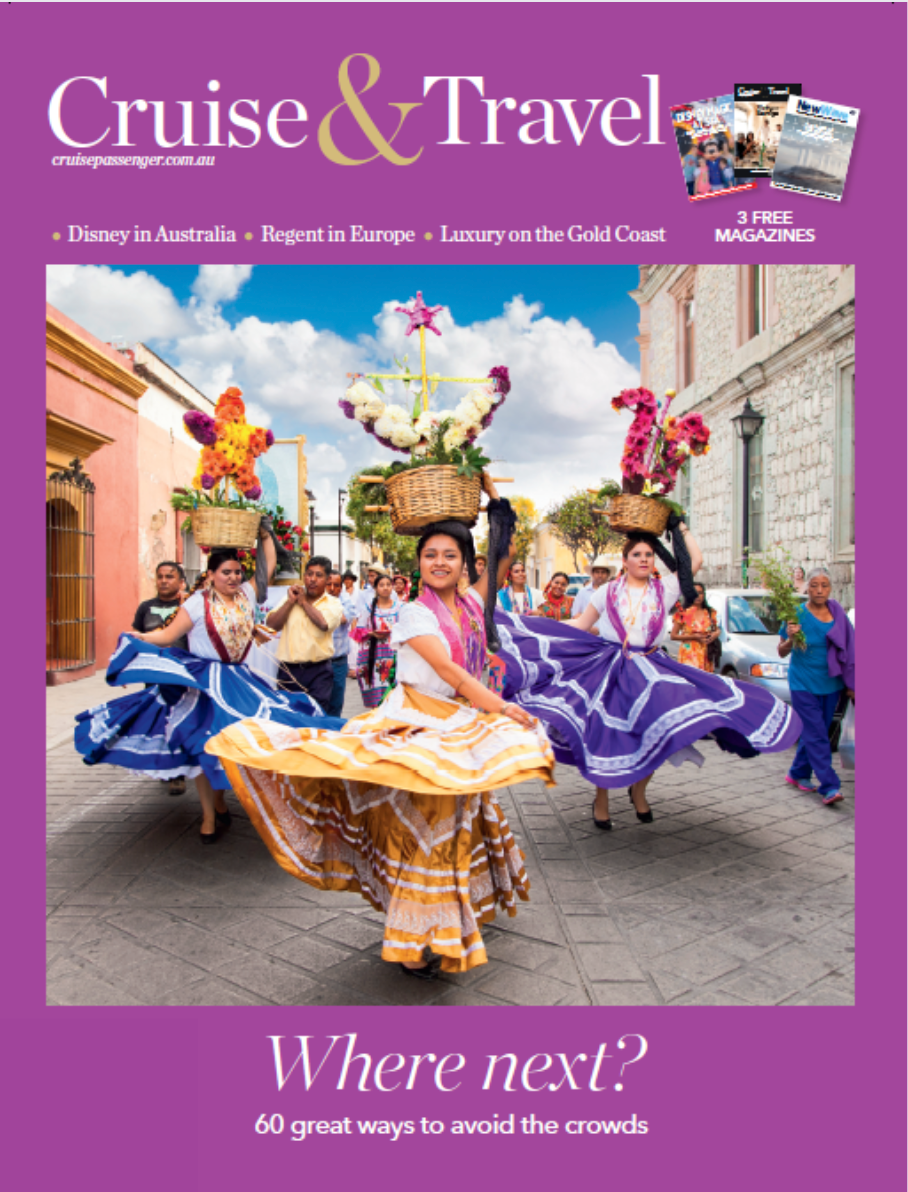Cruising China
DestinationsThis year, the number of international cruise passengers arriving in China’s ports is predicted to exceed 600,000: clearly, the region’s cruise sector is ready to launch. Words: Kris Madden.
Hong Kong
The natural shelter and deep waters of Victoria Harbour make Hong Kong ideal for all types of ship-based cruising. This gateway to mainland China is one of the busiest ports in the world and bustles with activity, day and night. Take a ride on the Star Ferry or the Duk Ling, a traditional Chinese fishing junk, to experience its full energy.
Dine: With more than 11,000 restaurants, there is no shortage of places to dine in Hong Kong. At the top end, try Golden Leaf, favoured by couture footwear maestro Jimmy Choo; or the gourmand district of Tsim Sha Tsui in Kowloon. Taking a traditional ‘dim sum’ in one of the many high-quality cafes is an experience not to be missed.
Must do: Travel up to The Peak by tram or visit The Avenue of Stars along the Tsim Sha Tsui Promenade for spectacular harbour views and to catch stunning multimedia extravaganza ‘A Symphony of Lights’, featuring more than 40 of Hong Kong’s skyscrapers. Some cruise ships sail through the harbour during this nightly show.
Highs and lows: Ships of up to 50,000 tons can stop at the Ocean Terminal in Victoria Harbour; however, larger ships often have to call in for 12 hours at one of the container terminals in Kwai Chung, then anchor at Junk Bay opposite Chai Wan.
Beijing
Beijing is not located directly on the ocean so it is not, strictly speaking, a cruise ship port of call. It is about 140 kilometres, or two hours’ drive, inland from the port at Tianjin, in the Bohai Gulf, one of the innermost gulfs of the Yellow Sea. Cruise passengers can tour Beijing as part of a pre- or post-cruise land excursion, and some cruise ships dock and bus passengers to Beijing for an overnight stay. Even though it is changing rapidly, the country’s capital is still the place to experience the best of old and new China.
Dine: No visit would be complete without trying Peking Duck washed down with a local beer, and there are many specialist restaurants serving this world-famous dish. A well-known one is the noisy Da Dong Roast Duck Restaurant. For vegetarian options and China’s famous tea, try Pure Lotus, which serves dishes with names such as ‘Destiny Comes Together as a Cold Plate’. The main street of the Sanlitun district is lined with bars and clubs and is the new nightlife capital of Beijing.
Must do: You can’t say you have seen China without visiting the Great Wall, Forbidden City and Tiananmen Square. After the major sites, take a rickshaw tour of the hutongs, the labyrinthine network of narrow paths that gives you a perspective on the old city.
Highs and lows: When more than one cruise ship calls in simultaneously at Tianjin, the local port authority makes its roll-on/roll-off cargo port available. A new passenger terminal is being constructed and is scheduled to be partially ready by May 2010, with the actual terminal building due for completion later in the year.
Macau
In ancient times, the port city of Macau was part of the Silk Road known as ‘the trading gate’ because of its location at the mouth of the Pearl River, downstream from Canton. Macau-bound travellers depart from the main sea terminal at Shun Tak Centre on Hong Kong Island or the China Ferry Terminal at Tsim Sha Tsui in Kowloon. Jetfoils, catamarans and ferries operate almost 24 hours a day. Though it’s only an hour’s boat ride, it’s a world away from Hong Kong.
Dine: Macanese food is a fusion of Portuguese, African, South-east Asian and Chinese cooking, reflecting the city’s unique mix of cultures. There are good Portuguese restaurants close to the A-Ma Temple in the city centre, along with a fine selection of Portuguese and Italian coffee shops. For more exotic dishes, try the restaurants in Rua da Felicidade, where snakes, frogs, eels, and seafood are displayed in tanks in the windows.
Must do: Visit the Fisherman’s Wharf complex near the Hong Kong-Macau Ferry Pier: it houses more than 150 stores and restaurants built in the styles of different world seaports. Another top attraction for the nautically inclined is the Macau Maritime Museum. For panoramic views of Macau and nearby islands, climb the hill to the Guia Fortress and lighthouse.
Highs and lows: Macau is a Special Administrative Region (SAR) of the People’s Republic of China with separate visa and entry administration to that of mainland China. Visa and other entry and exit conditions change regularly. If you travel to Macau SAR from mainland China you may require a new Chinese visa if you intend to re-enter mainland China.
Shanghai
The name Shanghai means ‘city by the sea’, and the city first became famous as a seaport. There used to be just one option for cruise ships calling into port at Shanghai until last year, when the futuristic International Cruise Terminal opened in the North Bund, in the centre of the city. As China prepares to take the world stage once again with the World Expo 2010 being hosted by Shanghai from May to October, there is no better time to visit the city known as the ‘Paris of the Orient’.
Dine: The newly restored Peace Hotel, built in 1929, is set to reopen in time for the World Expo. Situated on the famous Bund, the hotel will have a choice of 17 restaurants, banquet halls and dining areas as well as the much-loved Jazz Bar. A city landmark for more than a century, it still evokes memories of old Shanghai.
Must do: Take a walking tour of the former homes of famous Chinese politicians, writers and revolutionaries from various eras, including Mao Zedong and Sun Yat-sen. Then take a cruise on the Huangpu River for an insight into Shanghai’s past and present, as well as what’s to come. Shanghai is also the closest port for cruises on the Yangtze River.
Highs and lows: Shanghai’s new International Cruise Terminal has draft restrictions so no ship longer than 275 metres can call in; however, another terminal, under construction at Paotai Bay, will include three berths capable of handling 70,000-tonne ships.
FACT FILE
Major cruise lines calling into popular Chinese ports include:
Azamara Club; Classic International Cruises; Costa Cruises; Crystal Cruises; Cunard Line; Holland America Line; MSC Cruises; P&O Cruises Australia; Ponant Cruises; Princess Cruises; Regent Seven Seas; Royal Caribbean International; Silversea Cruises; Star Cruises; The Yachts of Seabourn.

